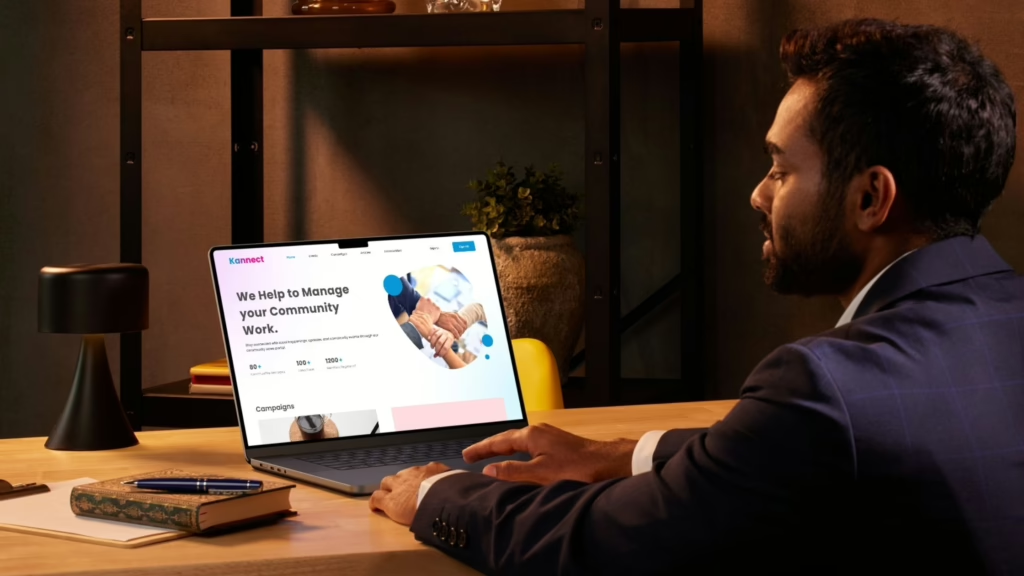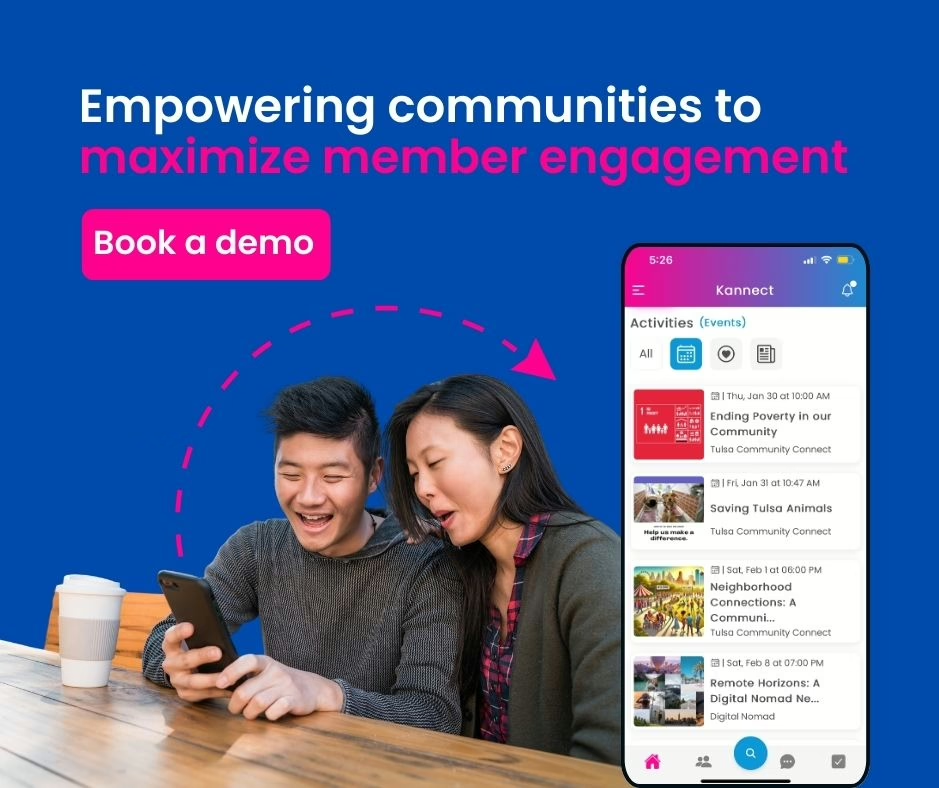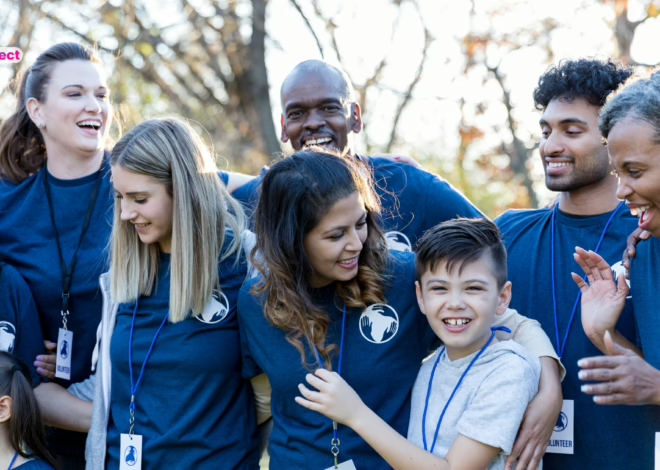
7 Easy Ways to Build a Supportive Community with Peer Connections
The Connection We All Crave
We’re all wired for peer connections, not the kind that passes through cables or signals, but the kind that pulses through shared stories, quiet encouragement, and the invisible yet powerful bond of mutual understanding. These are the connections that help us feel grounded, accepted, and less alone. It’s that moment when someone nods and says, “Me too,” and something inside you exhales.
In every stage of life, whether you’re navigating career crossroads, healing from something unspoken, or just trying to make sense of your day – what we seek most is connection that feels real, safe, and honest. And that kind of connection? It begins with peer connections.
Why Peer Connections Matter More Than Ever
In a world overflowing with noise and notifications, genuine connection can feel rare. But the truth is, you don’t need a large audience or a packed social calendar to feel seen. What you need are consistent, intentional, and compassionate peer connections – those bonds with people who understand you not because they’ve read your resume, but because they’ve lived something similar.
Peer connections are the threads that hold our social fabric together. They’re what help us show up, not just for others, but for ourselves. They empower us to grow, to rest, to question, to rise. These connections don’t demand perfection; they invite presence.
Whether you’re a student finding your voice, a new parent adjusting to change, a professional seeking purpose, or someone simply trying to make it through the week – this guide offers seven accessible, powerful ways to build a life surrounded by meaningful peer connections.
Without further ado, let’s dive in!
1. Create Safe Spaces for Honest Conversations
Start with Emotional Safety
A community only begins to take root when its members feel emotionally safe. This kind of safety isn’t just about privacy, it’s about permission. Permission to show up as you are, without the pressure to perform, impress, or hide. When someone knows they can express themselves honestly – joys, struggles, opinions, doubts, it creates the fertile ground for meaningful peer connections to grow.
Creating this space doesn’t require a fancy setup. It can be as simple as a recurring video chat, a private group message thread, or an in-person circle that opens with a grounding question. What matters most is the intention behind the space: to listen, not to fix. To hold, not to hurry.
Encourage Intentional Listening
One of the most overlooked elements in fostering peer connections is deep listening. We often think we’re listening, but we’re actually waiting to respond or relate it back to ourselves. Real listening requires silence, presence, and humility.
Encourage “listening circles” where participants don’t interrupt or advise, only acknowledge. Over time, this builds trust. It tells people, “You are safe here. You are heard.” And when people feel heard, they show up more fully, not just for others, but for themselves.
✅ Example: On platforms like Kannect, users share deeply personal experiences in themed groups that value emotional honesty. These aren’t curated highlight reels; they’re real reflections from real people. And it’s this honesty that forms authentic peer connections, ones that uplift without expectation and hold space without judgment.
💡 Try this: Establish group norms like confidentiality, equal speaking time, and non-judgmental responses. This helps transform casual spaces into containers of trust.
2. Celebrate Small Wins Together
Why the Little Things Matter
In a world that often glorifies hustle, promotions, and picture-perfect milestones, we tend to overlook the quiet victories. But sometimes, getting out of bed on a hard day, sending that difficult message, or just showing up for a call is a big deal. And when someone acknowledges that, it reinforces something powerful: you matter, and what you’re going through matters too.
One of the core strengths of peer connections is their ability to magnify everyday courage. When someone says, “I see you,” it changes the emotional temperature of your day. You feel validated, not for being extraordinary, but for simply being human.
The Ripple Effect of Shared Joy
Celebrating small wins also builds momentum. When people cheer for each other’s progress, it strengthens mutual trust and emotional investment. It says, “Your growth is my joy too.” That kind of shared spirit is what transforms loose ties into strong, meaningful peer connections.
You don’t need confetti or a Zoom party to celebrate. A thoughtful message, a heart emoji in the chat, or a quick “Proud of you” voice note can go a long way.
✅ What it Looks Like in Practice: Think about the last time someone truly acknowledged your effort, not with a grand gesture, but with a simple, heartfelt word. Maybe it was a friend who noticed your quiet strength or a peer who messaged you, unprompted, to say “I’m proud of you.” Those moments may seem small, but they echo deeply. That’s the essence of strong peer connections, they catch the invisible victories and hold space for the unnoticed effort.
💡 Try this: Start a “Weekly Wins” thread in your peer group where everyone shares one thing they’re proud of, no matter how small. Over time, this creates a culture of encouragement, not comparison.
3. Foster Purposeful Sharing
Move Beyond Small Talk
While casual chats are a part of connection, it’s depth that builds resilience. Purposeful sharing is about leaning into conversations that matter. It’s about asking, “What’s really on your heart?” and giving space for whatever comes up.
When people open up with intention – sharing lessons learned, difficult decisions made, or even things they’re still struggling to articulate, they invite others to do the same. And that’s where peer connections become transformative.
It’s not about trauma-dumping or forced vulnerability. It’s about offering insight from lived experience in a way that helps others feel less alone.
Turn Pain into Power
Many of us carry stories we’ve never fully told. But when shared in the right setting, even the hardest stories can become sources of hope. Within strong peer connections, pain doesn’t isolate, it unites.
You’ll notice this often in peer support groups: someone speaks their truth, and instead of being met with silence or awkward advice, they’re met with understanding nods, shared tears, and quiet strength. That’s not just cathartic, it’s community.
💡 Try this prompt: “What’s one challenge you’ve grown through, and what would your past self need to hear?” A question like this naturally invites purposeful sharing and creates powerful connection points.

4. Make Room for Diverse Voices
Every Voice Adds Value
There is no one-size-fits-all version of healing, growth, or connection. When we center only a few voices or experiences, we risk narrowing what community can be. True peer connections thrive in diversity – of age, culture, gender identity, neurotype, background, and belief.
Making space for a variety of voices isn’t just about fairness; it’s about wholeness. A community built on sameness misses out on richness. When people feel seen as they are, not as they are expected to be, it deepens connection and fosters a sense of true belonging.
The Power of Being Welcomed
Often, what someone needs is simply a space where they’re not asked to shrink. In a peer group, that could look like rotating facilitators, inviting feedback from quieter members, or curating prompts that reflect different experiences.
Peer connections are most meaningful when they say, “Come as you are. We’ll meet you there.”
💡 Try this: Try sharing prompts that reflect different cultural or emotional expressions of connection. For example: “What does community look like in your culture or faith tradition?”
5. Encourage Peer Mentorship, Not Just Friendship
Everyone Has Something to Offer
One of the most empowering aspects of peer connections is the realization that we all carry wisdom. You don’t need to be an expert to support someone. Sometimes the most powerful guidance comes from someone just a few steps ahead, someone who gets it because they’ve been there recently.
Peer mentorship creates a dynamic where learning and support flow both ways. It says, “I’m not above you, I’m beside you.” And that’s what makes it so impactful.
Mentorship That Feels Natural
In the context of a peer community, mentorship isn’t always structured or labeled. It can emerge organically – through a shared experience, a heartfelt reply, or a generous offer of help.
On Kannect, the beauty of peer connections unfolds naturally. When someone opens up, it isn’t about offering advice from a place of authority; it’s about sharing insights born from personal experience. These moments, though seemingly small, have the power to shift perspectives and provide the guidance needed in real-time. It’s this organic exchange that turns simple conversations into powerful, ongoing sources of growth and support.
💡 Try this: Host monthly “Teach & Learn” sessions in your group where peers can share something useful: be it journaling tips, productivity hacks, or emotional regulation practices. Peer-to-peer wisdom is underrated and powerful.
6. Stay Consistent with Check-ins
Consistency Builds Trust
You can’t build a strong house with one brick and you can’t build strong peer connections with occasional check-ins. What strengthens these bonds is not intensity, but consistency. It’s about showing up – not perfectly, but regularly.
Check-ins don’t need to be time-consuming. They just need to be genuine. A quick “thinking of you” message. A shared meme. A voice note saying, “How are you today?” These small gestures create rhythms of connection.
The Habit of Showing Up
When people know they’ll be seen and missed, they’re more likely to engage. Over time, these simple check-ins create a pattern of mutual care. They say: “This connection matters enough to maintain.”
✅ What it Looks Like in Practice: On Kannect, simple check-ins can create a surprising impact. For instance, a group might start a weekly “Gratitude Round,” where each member shares something they’re thankful for that week. This small act of vulnerability encourages peer connections to deepen, as members get to know each other beyond the surface. These consistent, thoughtful exchanges form a foundation of trust and emotional support, strengthening the ties that bind the group together.
💡 Try this: Set reminders, create themed days, or use visual tools like polls or emojis to keep check-ins light yet meaningful.
7. Use Platforms Thoughtfully to Extend Connection
Tech Is a Tool, Not the Destination
Digital platforms can be either isolating or deeply connective, it all depends on how we use them. When used with intention, they can help us form peer connections that transcend physical boundaries and time zones.
The goal isn’t to replace in-person interaction, but to enhance connection through accessibility and consistency. Platforms like Kannect are built around this very idea: creating virtual spaces that feel personal, purposeful, and safe.
Design for Depth, Not Just Access
When creating or joining digital peer communities, ask: Does this platform encourage vulnerability? Is it cluttered with noise, or is there space to breathe and share? Choose or create online spaces that are aligned with the kind of connection you seek.
💡 Try this: Use features like topic threads, audio rooms, or journaling spaces to go deeper. Even within digital platforms, the quality of interaction matters more than frequency.
Wrap-Up: Building Lasting Bonds
Building a supportive community doesn’t require fame, funds, or formal titles. It requires presence. It requires a willingness to show up, to listen, and to offer your heart in ways that allow others to feel seen and heard.
Peer connections are the invisible threads that hold us up when life gets heavy. They are the glue that binds us in times of joy and sorrow, offering the reassurance that we are not alone in our struggles. Whether it’s through a kind word, an understanding glance, or just being there when needed, these connections form the foundation of the communities we depend on.
The Subtle Yet Powerful Nature of Peer Connections
What often goes unnoticed is the quiet power of peer connections. They are not always dramatic or life-changing at first glance, but their impact is far-reaching. They’re the ones that provide the most comfort when we feel lost, the ones that encourage us to take another step forward, and the ones that remind us we belong. These connections don’t always require words – they thrive in presence, in small gestures, in shared silence. It’s the quiet assurance that someone else understands, even when they don’t say a thing.
In a world filled with constant noise, these small yet powerful connections are the antidote. They serve as a grounding force, anchoring us during turbulent times and reinforcing the idea that we’re part of something bigger than ourselves.
Taking the First Step to Build Lifelong Connections
So, take that first step. Don’t wait for the perfect moment or for someone else to initiate. Start the conversation, share your thoughts, check in on that friend you haven’t spoken to in a while, or express gratitude to someone who has had an impact on your life. Every effort, no matter how small, creates a ripple effect of belonging, trust, and growth.
When we make the effort to reach out – whether it’s through a simple message or a heartfelt conversation, we build connections that extend far beyond the moment. These connections can be transformative, creating a network of support that lasts. By showing up for others, we contribute to a web of support that strengthens us all.
Because every time we reach out, we create ripples of belonging. And that, is how we build not just communities but lifelines.
💡 Let’s Keep the Conversation Going!
There’s so much more ahead and we’d love to have you with us.
👉 Subscribe to our blog for thoughtful insights and meaningful reflections on community building.
👉 Follow us on LinkedIn for purposeful content, upcoming features, and ways to engage.
👉 Join our newsletter – The Community Engagement Playbook – your weekly guide to building intentional spaces and making everyday interactions more impactful.
Because the best communities don’t just happen, they’re created together. Let’s create something meaningful!
Try Kannect today

Table of Contents
Proudly powered by WordPress
What are peer connections, and why are they important?
Peer connections are bonds formed between individuals who share similar experiences or goals. These connections are crucial because they offer empathy, support, and understanding, helping people navigate challenges and celebrate victories together. They foster trust and create a sense of belonging, which is essential for emotional well-being.
How does a platform like Kannect help in building peer connections?
Platforms like Kannect help individuals form meaningful peer connections by offering spaces for shared experiences and mutual support. With features like interest-based communities, Kannect encourages conversations and activities that allow users to connect deeply with others who share their passions or goals. This creates an environment where authentic relationships can flourish.
What makes a community truly supportive?
A truly supportive community is one where members feel heard, valued, and respected. It’s a space for open, honest conversations and mutual encouragement. Support comes in many forms – active listening, empathy, and shared growth and a supportive community helps individuals feel connected, fostering a sense of trust and belonging.
How can I start building a supportive community in my workplace?
Start by encouraging open communication and creating spaces for informal discussions. Activities like peer appreciation, regular check-ins, and recognition can help build a culture of support. Fostering empathy and active listening in everyday interactions is key to creating a workplace where peer connections thrive.
Can virtual communities really offer deep peer connections?
Yes, virtual communities can offer deep peer connections when members engage authentically. Platforms like Kannect provide a space for users to connect over shared interests, experiences, and goals, creating meaningful interactions. By prioritizing empathy and genuine support, online communities can foster strong, lasting relationships.



